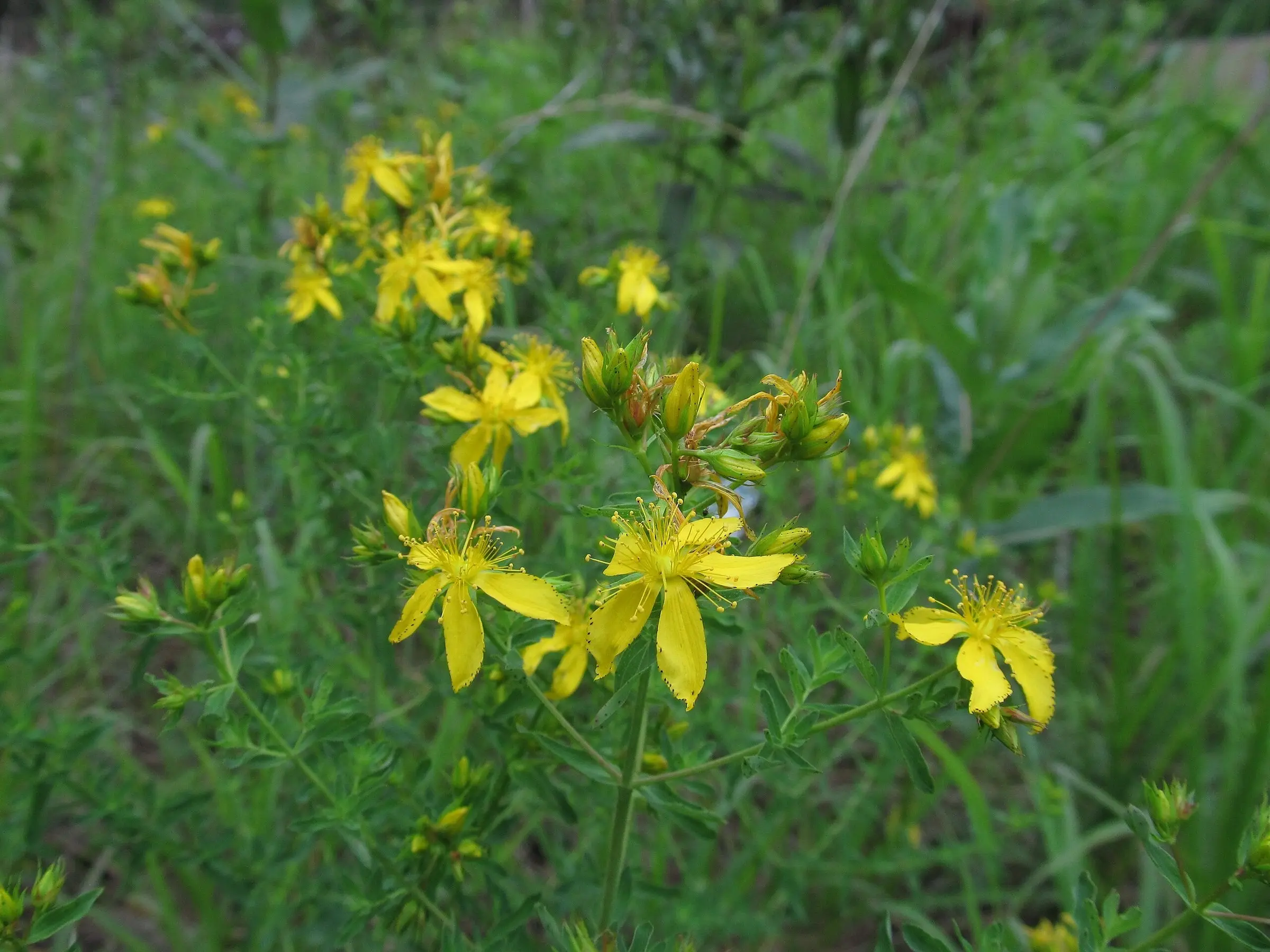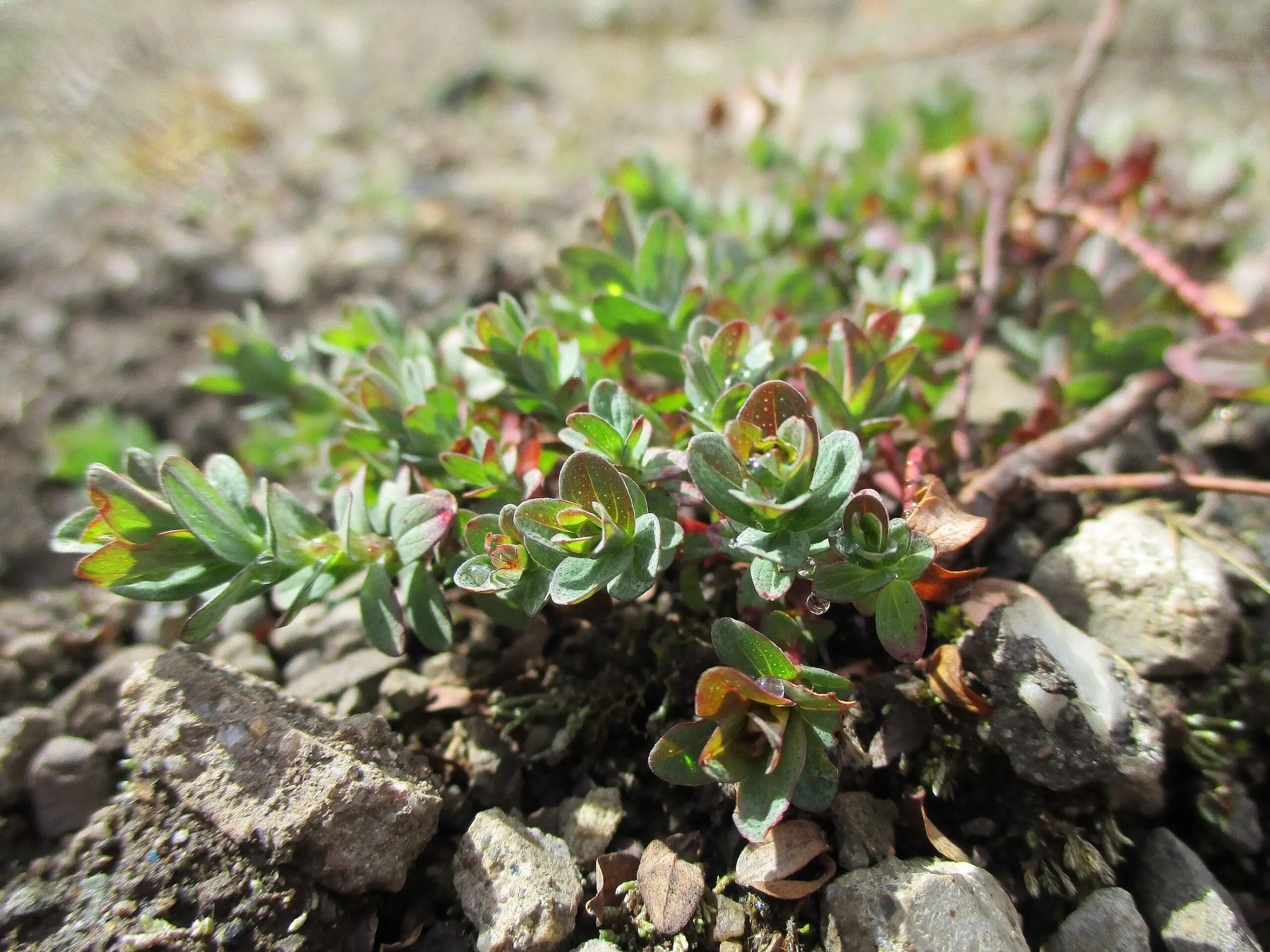
Now that we’ve seen the F’s it’s time for the G’s in the a-z of plants your horse can’t eat. Today’s plant is one that is often associated with health, however Goat Weed is not a plant horses should come in contact with.
A Little About Goat Weed
Hypericum perforatum is also called Klamathweed, Goat Weed and most commonly St. John’s Wort. This is a perennial with a woody base and reddish stems that grows up to 3 feet tall. Leaves are small, oval and grow opposite. Flowers are bright yellow and can have black dots on the edges of the petals. Fruit grows in a capsule with dark brown seeds.
How Dangerous Is It?
The adult plant is unpalatable to horses, however the younger shoots can be attractive to grazers. This plant contains hypericin which is highly toxic and can cause extreme sensitivity to the sun when ingested.
All parts of this plant are toxic and can be fatal to equines.

What To Look For
You know your animal the best, so you should know when something is amiss. Goat Weed toxicity symptoms occur within 24 hours of ingestion and include inflammation, redness or ulceration of light colored skin, loss of appetite, severe itching, blindness, convulsions and coma.
Learn More
Be sure to check out the Goat Weed page to learn more about the plant and while you are at it why not check out more toxic plants?
*It should be noted that I’m not a veterinarian. This information is written specifically for horses and should be used for reference purposes only. If you think your horse has eaten something toxic call your vet right away.